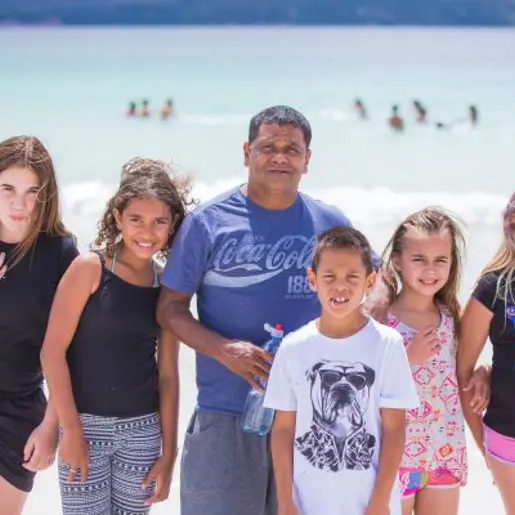“I think that adults think they know what kids need to be safe but I don’t think that they do. They base it on what they remember from when they were kids and the world is different now. So they need to talk to kids and find out what it means to them.” Young person
Leadership, governance and culture

All organisations concerned with children should work towards what is best for each child. (Convention on the Rights of the Child, Article 3)
Commissioner's resources
National resources
Child Safe Organisations: About - Australian Human Rights Commission
National Principles for Child Safe Organisations - Australia's National Children's Commissioner
National Office of Child Safety - Australian Government
Guiding principles of good governance - Australian Institute of Company Directors
Other resources and examples
Assessing the different dimensions and degrees of risk of child sexual abuse in institutions - Royal Commission into Institutional Responses to Child Sexual Abuse. Outlines the differences between types of organisations in terms of level of risk of harm to children according to the characteristics of the organisation, the kinds of services/activities that it provides, and the children and young people it serves.
Safeguarding children - YMCA Perth
Risk management - NSW Office of the Children's Guardian
Risk management and litigation - Victorian Commissioner for Children and Young People



